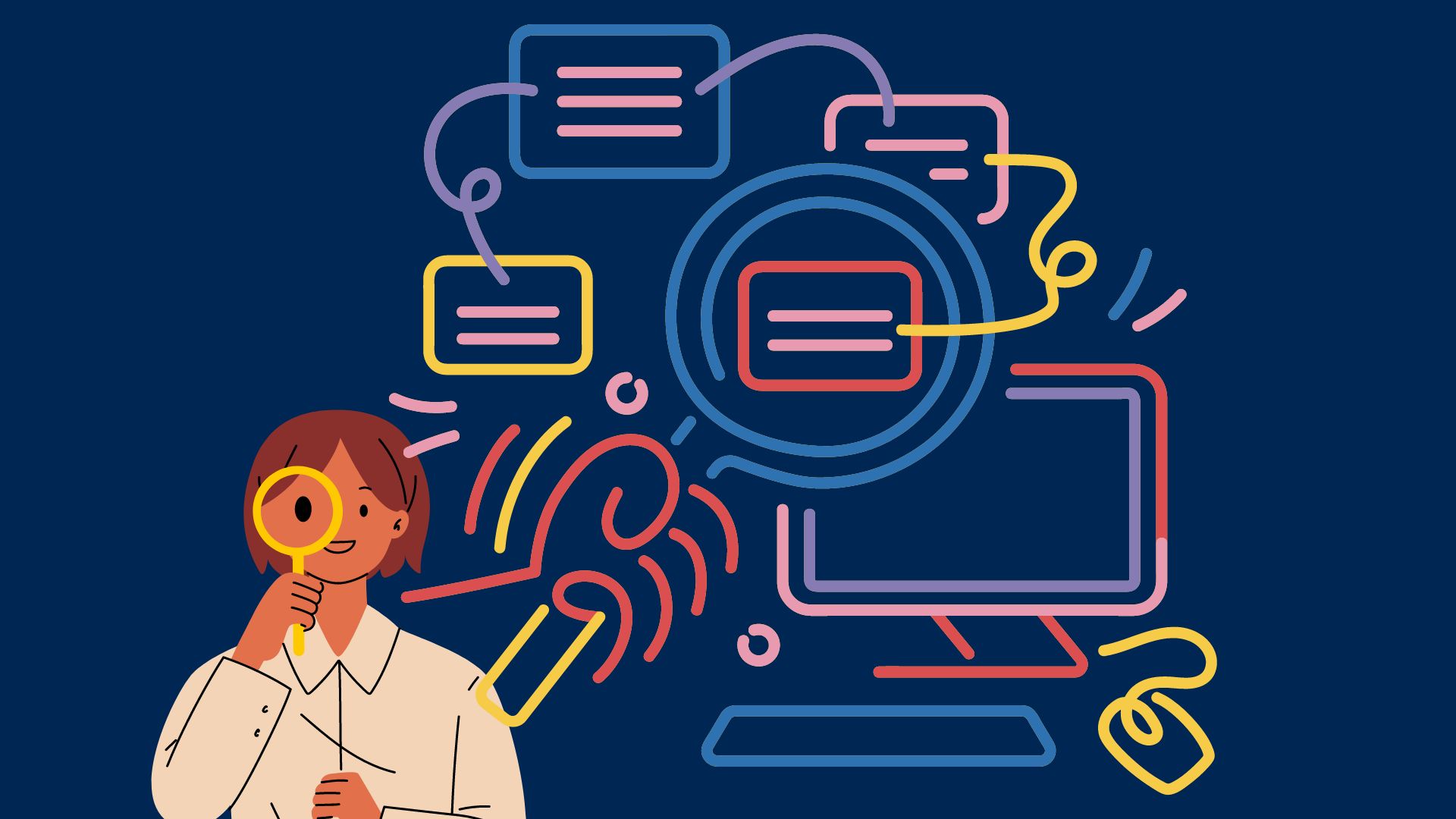Our program

Mission Statement
Uvic's Academic and Technical Writing Program is committed to research and teaching that prepares students to express themselves in varied rhetorical contexts to audiences of diverse and complex backgrounds. The program has unique responsibilities to contribute to knowledge across the entire university and to support students from first-year through upper-level undergraduates and graduate students. These obligations are best met when the program, working to uphold principles of decolonization, accessibility, and anti-racism, offers a holistic perspective on what it means to be a critical reader, thinker, and writer in the context of workplaces and higher education institutions in Canada. Our mission is to connect our students to modes of expression that both empower their voices and teach them to connect with their communities in meaningful ways.
What We Do For Students
Strong reading, writing, and research skills are essential to your success in university-level classes. That’s why we offer classes that allow you to develop these skills while also taking into account your individual needs and interests.
But we also think (whether you are a native speaker of English or have learned English as an additional language) that you will get life-long benefits from developing advanced literacy practices associated with university studies. Being able to find and think critically about information sources will help you learn new things beyond the classroom. Effectively communicating your ideas allows you to contribute to projects you value.
Learning outcomes
All AWR-designated courses will give you tools to succeed in a university classroom and beyond. These courses focus on developing your critical thinking, information literacy, rhetoric, and written communication skills. What texts and topics you encounter depends on the course in which you enrol – but all of our classes will help you to become a more effective writer.
University of Victoria Learning Outcomes may be found in the Undergraduate Calendar.
Our courses align with BCCAT aims for first-year writing.
Reading texts
At the end of the course, a student should be able to
a. Recognize different rhetorical contexts (audience, purpose, occasion)
b. Paraphrase/summarize texts to reflect accurately and coherently the original’s ideas,
organization, and tone;
c. Perform university-level critical analysis of texts, including scholarly and other texts, by
recognizing, identifying, and evaluating controlling ideas, supporting ideas, dominant
rhetorical patterns, tone, context, and features of style;
d. Discuss and debate texts using terminology specific to discipline and rhetorical context;
e. Distinguish between assertion and evidence, opinion versus argument, description versus
recording objectively
f. Distinguish between informational and inferential reading.
Writing process
At the end of the course, a student should be able to
a. Employ ethical and critical thinking to generate ideas and texts using a variety of
processes; situate those ideas within different academic disciplines and contexts;
demonstrate an awareness of rhetorical engagement with a variety of audiences; practice
ethical, accountable, and heuristic methods when engaging with AI technologies (e.g.,
generative text)
b. Practice a post-secondary writing process which involves researching, planning, drafting,
peer review, responding to feedback, revising, and editing/proofreading with an
expectation of grammatically correct style and rhetorically-effective and discourse
appropriate content and structure;
c. Produce clear and effective writing at sentence, paragraph, and essay levels, including
under time restrictions and exam conditions.
Content and organization
At the end of the course, a student should be able to
a. Write essays that develop an academic argument with a thesis or controlling idea, using
appropriate language and rhetorical patterns, and provide sufficient accurate, relevant,
and specific supporting evidence;
b. Write with an awareness of audience and purpose;
c. Write unified, coherent paragraphs, including effective introductions and conclusions,
and make transitions between and within paragraphs;
d. Write clear and cohesive English.
Style
At the end of the course, a student should be able to
a. Apply stylistic considerations (e.g. sentence variety, diction, and figurative language) and
understand their relevance to purpose and audience. These stylistic considerations must
take into account genre expectations and conventions without discounting a students
right to their own language as per the position statement Students Right to Their Own
Language ratified by the Conference on College Communication and Composition in 1974;
b. Format the writing to meet reader expectations using recognized academic citation
practices with particular attention to respectful research practices that align with
Indigenous protocols;
c. Use language that meets the contextual needs of specific communities and is respectful
of the diversity of individuals and groups, including their gender, race, ethnicity, ability,
and sexual orientation.
d. Become aware of ethical digital writing style, in such areas as research, source evaluation,
citation, and formatting.
Research and documentation
At the end of the course, a student should be able to
a. Find and evaluate source material, which may include personal knowledge and
interviews; oral, print, and electronic media; and any other form of data gathering;
b. Recognize and use primary and secondary sources appropriately;
c. Integrate source material (including quotations, paraphrase, and summary) purposefully
and effectively, providing suitable authority and context;
d. Document sources fully according to a current and audience-expected documentation
system;
e. Apply current standards of academic integrity, and demonstrate ethical practices of
research and documentation.
